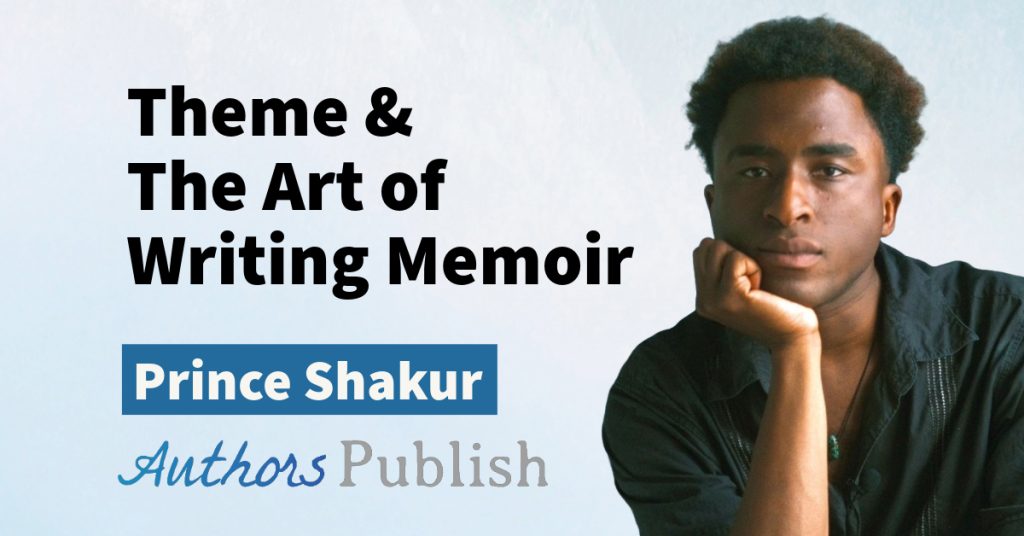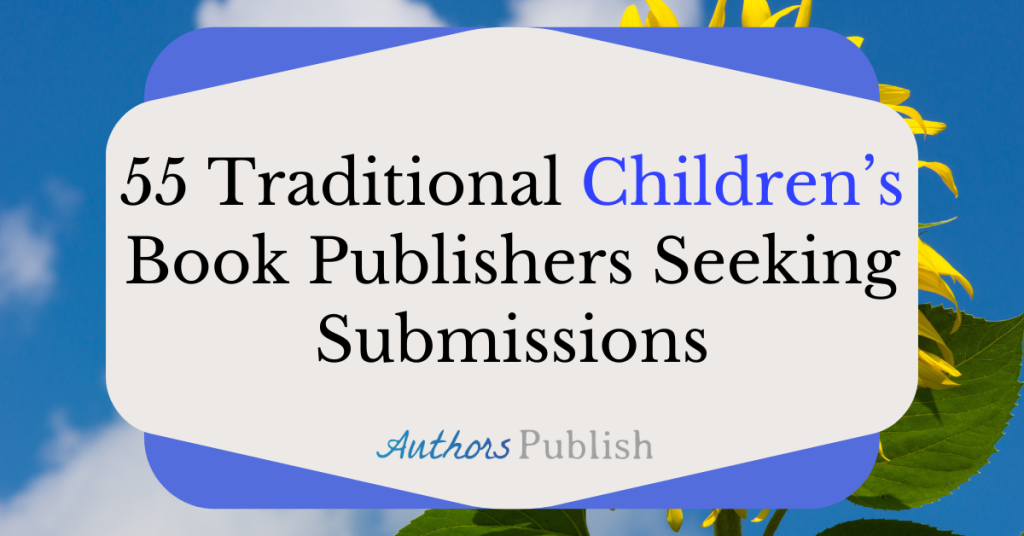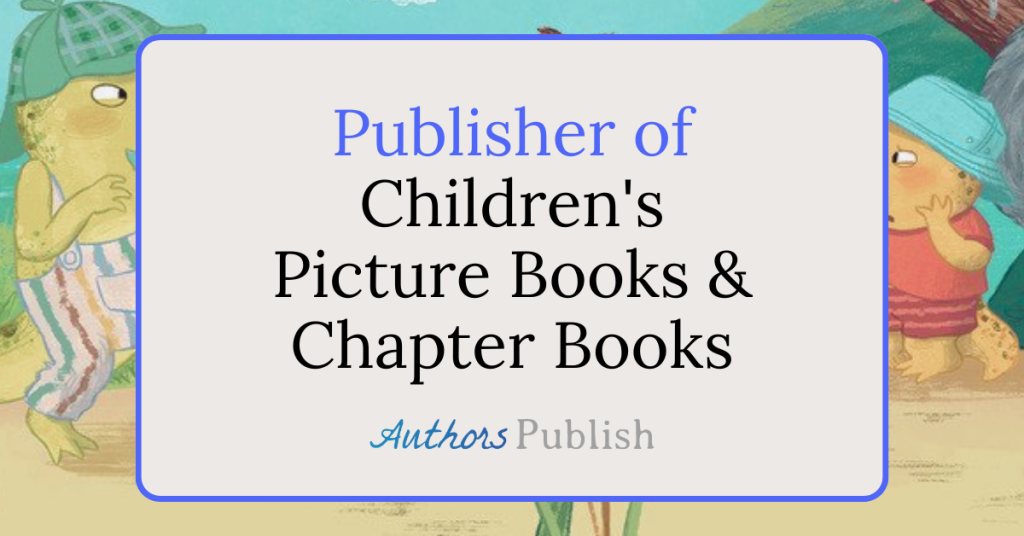By Mina Vora
If you have read Shakespeare or Dickens, you may have come across the metaphor; ‘as dead as a doornail.’ By and large, door nails are neither alive nor dead, unless you are caught in a mystical realm of elves and gnomes. But you have to agree, the metaphor evokes ideas in the reader’s mind that a simple ‘she was dead,’ could never accomplish.
Charles Dickens used the phrase to describe the death of old Marley, in the book, ‘A Christmas Carol,’ with dexterity. You will find numerous such turns of phrases in many of the classics.
Inarguably, metaphors are figures of speech that are an essential tool that can add a certain amount of vitality to your writing.
What is a figure of speech?
Figures of speech are phrases that are used to emphasize or clarify an idea or concept, thereby giving the writing added color and vibrancy. Popular forms are similes and metaphors. Of course, idioms can do no harm in your writer’s toolkit.
Metaphors are figures of speech that are not true literally. They are used to explain an event or an idea by comparing it to an object or situation.
Metaphors are tricky devils and cannot be played around with. But, they are very much a part of a writer’s arsenal, and correct use can add an extra zing to the piece. Maggie Stiefvater shows impeccable skills in the use of the metaphor in ‘lament: The Faerie Queen’s Deception’ with these lines.
“Delia was an overbearing cake with condescending frosting, and frankly, I was on a diet.” This aptly describes Delia’s character, comparing her to an overbearing cake. The line, ‘frankly, I was on a diet’, is a masterstroke, sure to draw a few chuckles from the reader.
Why add a figure of speech?
So, why do you need to add a figure of speech, when ‘Delia was overbearing and condescending’ would do just as well?
Well, you have to admit, there is something condescending about the frosting on the cake; it practically lords it over on the humble sponge below! The phrase ‘icing on the cake,’ follows much the same premise. It sounds a lot more evocative than a plain ‘to top it all.’
A talented writer can turn a mundane piece of writing into evocative prose, harnessing their skills in the use of figurative language and symbolism. But like the icing on the cake, figurative speech has to be used with discretion. Indiscriminate use of metaphors and similes can make the cake unpalatable.
Forcefully putting together words in a semblance of a metaphor is like beating a dead horse. It’s not going to bring life to your writing. It’s better to let it smoothly weave its way through the prose, painting a vivid picture for readers. A picture they will remember after the book is closed.
Bio: Mina Vora’s affair with the written word began at the age of ten. Writing just happened. She is a voracious reader, writer, amateur designer and a mother. Fiction is her forte. The world between the pages of a novel is much more fascinating than the world outside her window; she feels.





